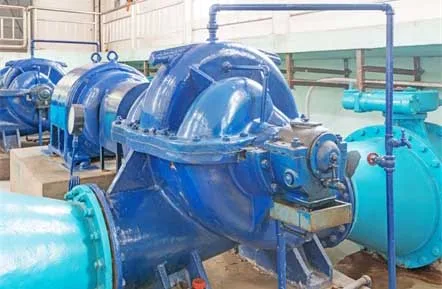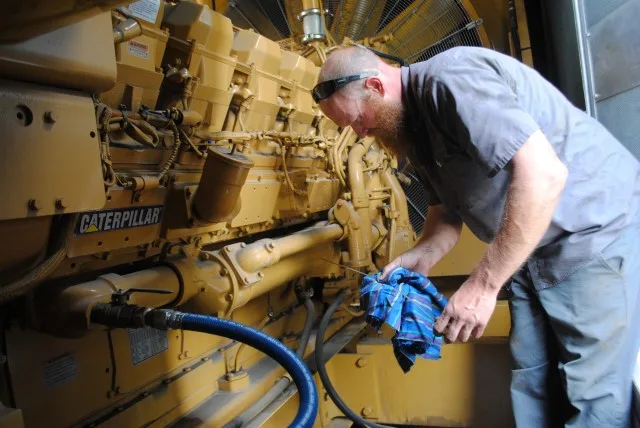In our homes, we take water for granted. Turn on the faucet, and it flows. Start the dishwasher, and it works seamlessly. Yet behind the scenes, water treatment plants work tirelessly to provide clean, drinkable water. These facilities rely heavily on emergency power systems to maintain operations, especially during power outages.
The Role of Water Treatment Plants

While 71% of the Earth is covered in water, only about 1% is readily available for drinking. The remaining 70%—locked in oceans, glaciers, or deep underground—is not yet economically feasible to convert into potable water.
Water treatment plants draw from reservoirs, rivers, and lakes to purify water for consumption. Adhering to the Safe Drinking Water Act (SDWA) enforced by the EPA, these plants remove contaminants like:
- Suspended solids
- Bacteria, algae, and viruses
- Minerals such as manganese and iron
The treatment process includes several critical stages:
- Pre-chlorination: Controls algae and prevents biological growth.
- Aeration: Removes dissolved iron and small amounts of manganese.
- Coagulation and Flocculation: Polyelectrolytes improve coagulation, allowing suspended particles to clump together.
- Sedimentation: Separates solids from the water.
- Filtration: Removes remaining particles through a media filter.
- Disinfection: Eliminates bacteria, viruses, and other pathogens.
Without power, these processes grind to a halt, leading to an immediate crisis when treated water reserves are depleted.
Emergency Power: A Lifeline for Water Treatment
Water treatment plants are equipped with large electric pumps that pressurize water pipes, delivering treated water to homes, businesses, and industries. The pumps draw water from treated tanks and push it into utility piping.
If power fails:
- The pumps lose pressure, halting water distribution.
- Treatment processes stop, depleting reserves of potable water.
- Security systems, which protect against potential threats, fail.
The consequences are severe:
- No water for drinking, bathing, or cleaning.
- Disruption of industrial processes reliant on water.
- No water for firefighting or facility fire safety systems.
To prevent these risks, water treatment facilities rely on standby diesel generators to power critical systems, ensuring uninterrupted operations.
Why Emergency Power is Essential
Backup generators ensure that water treatment plants can:

- Continue water treatment and distribution during outages.
- Maintain pressure in the distribution system, preventing contamination.
- Keep security systems operational, safeguarding facilities.
- Power critical equipment, such as pumps and filtration systems.
Generator Source: Supporting Water Treatment Facilities
Generator Source provides high-quality generators, equipment, and maintenance services tailored to water treatment plants. Our solutions include:
- Emergency generator installation and decommissioning.
- Customized maintenance contracts.
- Troubleshooting and repair services.
We help ensure that facilities stay operational, even during extended outages.
FAQs About Emergency Power for Water Treatment Plants
- Why is emergency power needed?
It sustains treatment processes, maintains water pressure, and ensures security during power outages. - What happens if a plant loses power?
Water treatment stops, reserves deplete, and pressure drops—leading to potential contamination and loss of supply. - What type of generators are used?
Diesel generators are common, offering sufficient capacity, automatic transfer switches, and extended runtime. - Are backup systems regulated?
Yes, facilities treating over 10,000 gallons per day often require standby power to comply with regulations. - How long can emergency power last?
Systems are designed for 24-48 hours of full operation, with plans for extended runtime during prolonged outages.
Partner with Generator Source Today
Protect your water treatment facility with reliable emergency power solutions. Contact us to learn more about our services and ensure uninterrupted water supply for your community.